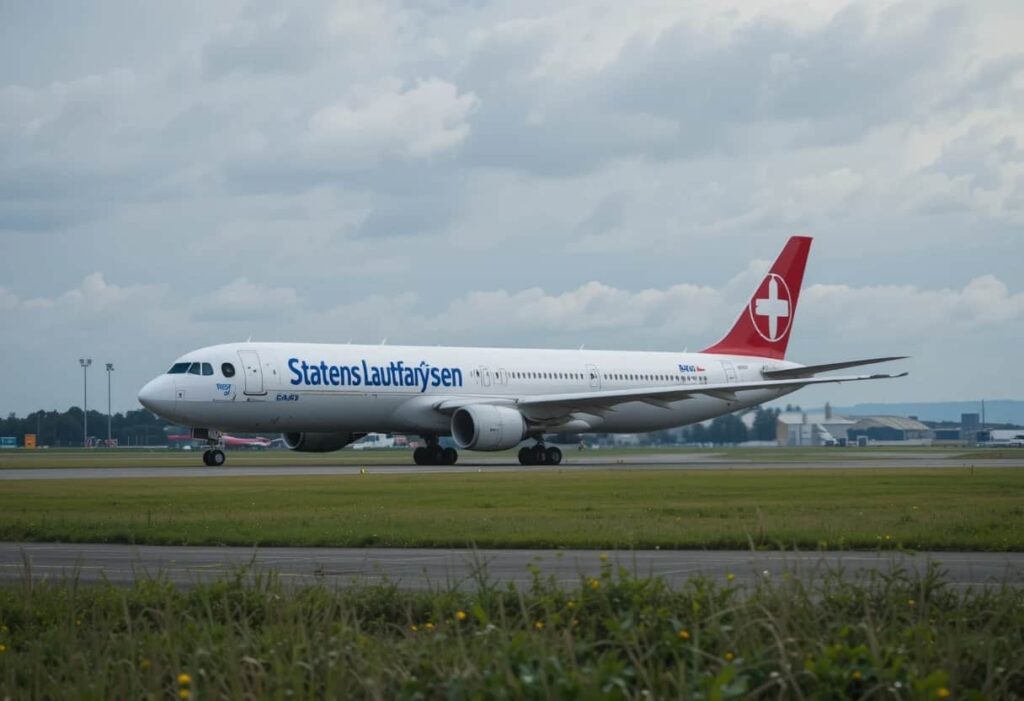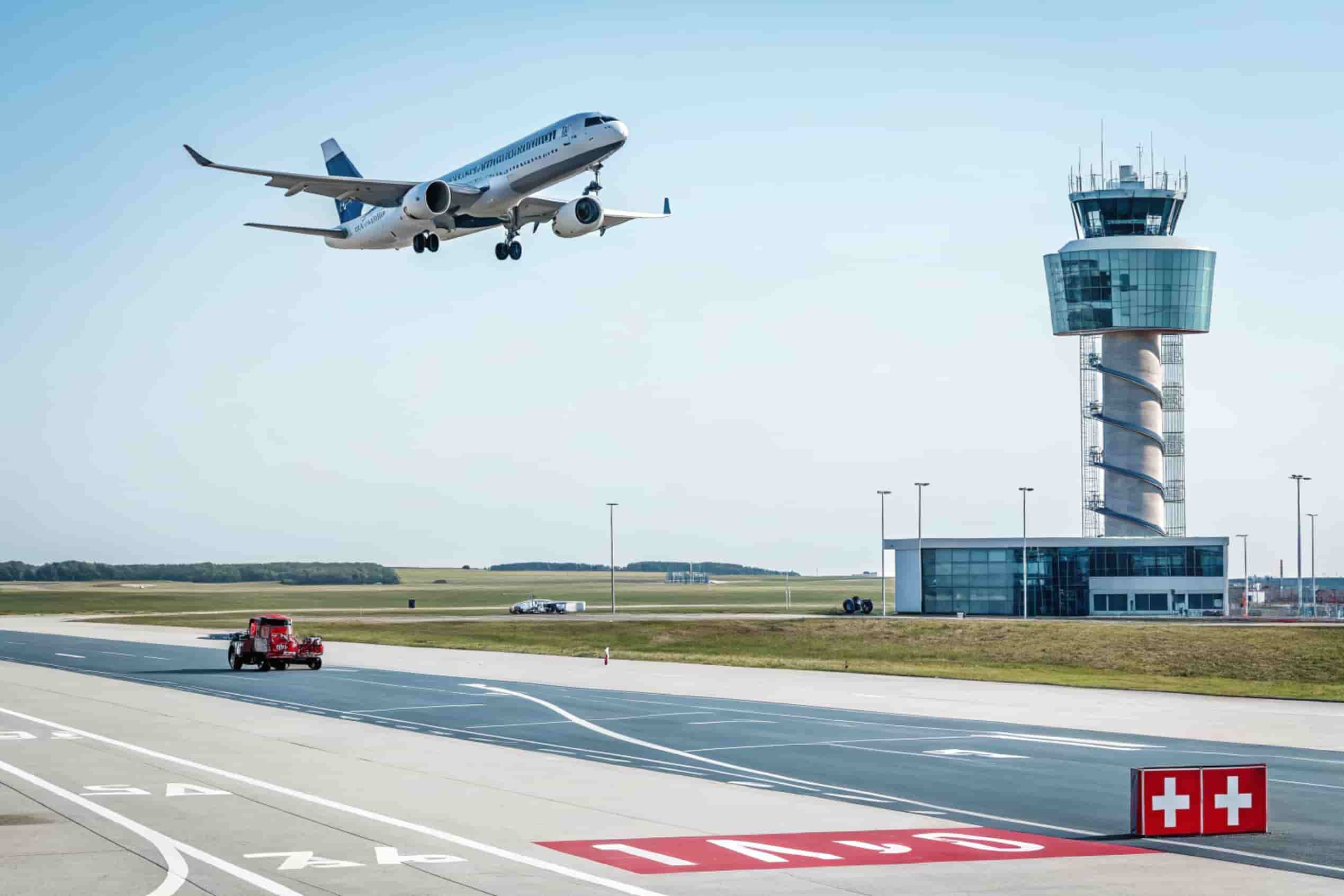In the history of Denmark’s transport sector, Statens Luftfartsvæsen played a central role in shaping the safe and modern aviation structure the country is known for today. This former civil aviation authority was responsible for a wide range of responsibilities including managing pilot licenses, supervising airport safety, and ensuring compliance with global aviation laws. For decades, it served as the backbone of Denmark’s growing air transport industry, laying the groundwork for current practices in aviation safety, sustainability, and technological advancement.
Although Statens Luftfartsvæsen was officially merged into the Danish Transport Authority (Trafikstyrelsen) in 2010, its legacy continues to influence how aviation is regulated across the country. This article explains its important duties, the transition process, and how its impact is still seen today in Denmark’s skies.
Statens Luftfartsvæsen was Denmark’s former civil aviation authority responsible for managing pilot licensing, airport safety, and aviation regulations. It ensured compliance with international aviation laws and focused on environmental control and accident prevention. Although it merged into Trafikstyrelsen in 2010, its systems and standards still shape Danish aviation today.

The agency played a key role in developing a safe and modern airspace. It worked closely with global aviation organizations like ICAO and EASA. Even now, many aviation rules in Denmark are based on its original policies.
The agency managed several critical aspects of aviation, with a clear focus on safety, regulation, and international standards. Every process—from licensing pilots to inspecting airports—followed structured policies aligned with global aviation bodies.
One of the core tasks of Statens Luftfartsvæsen was issuing and managing licenses for pilots and crew members. These licenses were granted only after individuals passed both theoretical and practical examinations. Continued training and regular health checks were mandatory to ensure aviation professionals remained capable and up to standard. By setting strict criteria, the authority helped maintain a high level of safety in the skies.
The agency also managed the approval and inspection of airports throughout Denmark. This included both large international airports and smaller regional terminals. The focus was always on passenger safety, operational efficiency, and environmental compliance. Runway conditions, air traffic systems, emergency services, and ground support were all areas under close inspection.
Keeping passengers and crew safe was the top priority for Statens Luftfartsvæsen. It developed a culture of safety through proactive policies and strict regulations. The agency also conducted routine audits, aircraft inspections, and supervised investigations into incidents and near-misses.

The authority introduced a system where pilots and aviation staff could anonymously report safety risks. These reports were reviewed to identify weak points and prevent accidents before they happened. Additionally, aviation schools and airlines were regularly audited to verify compliance with safety procedures.
Denmark’s approach to sustainable aviation began under Statens Luftfartsvæsen. Environmental considerations were always included in airport development, airspace management, and aircraft operation.
| Area of Regulation | Description |
| Noise Reduction | Enforce noise limits near residential zones |
| Emissions Monitoring | Collected and analyzed flight emissions |
| Eco-Friendly Runway Design | Promoted fuel-saving take-off and landing patterns |
These practices made Denmark a forward-thinking country in the field of eco-friendly aviation long before it became a global concern.
Statens Luftfartsvæsen aligned Denmark’s aviation policies with global aviation laws and practices. It worked closely with:
- ICAO (International Civil Aviation Organization)
- EASA (European Aviation Safety Agency)
- Eurocontrol (European air traffic management agency)
This ensured that Denmark followed the latest international safety codes, aircraft standards, and operational guidelines. The partnerships also made it easier for Danish airlines to operate across borders, giving the country a strong presence in European airspace
In 2010, the Danish government made a strategic decision to merge its separate transport bodies, including Statens Luftfartsvæsen, into a single authority—Trafikstyrelsen. This decision was made to streamline operations and increase efficiency in how transport regulations were handled across aviation, rail, and road networks.
| Responsibility | Before (SLV) | After (Trafikstyrelsen) |
| Pilot Licensing | SLV | Trafikstyrelsen |
| Aviation Safety Oversight | SLV | Trafikstyrelsen |
| Integration with Road & Rail | Not applicable | Unified under one authority |
| Use of Digital Services | Limited | Modernized with online platforms |
The core tasks remained largely unchanged but benefited from better coordination, updated digital tools, and stronger collaboration across transportation sectors.
Even though the agency no longer operates, its methods and structure still serve as the foundation of aviation governance in Denmark. The safety procedures, pilot requirements, airport certifications, and eco-standards first introduced by Statens Luftfartsvæsen continue to shape how things are done today.
Modern systems managed by Trafikstyrelsen are rooted in the protocols and administrative frameworks designed by SLV. These include:
- The licensing process for pilots
- Safety audits and inspections
- Noise regulation enforcement
- Collaborative international operations
As a result, Denmark enjoys one of the most reliable and trusted aviation systems in Europe.
The main reason for the merger was to streamline Denmark’s transport system. By combining aviation, road, and rail regulation under Trafikstyrelsen, the government improved coordination, reduced duplication, and modernized services. This change allowed for better use of digital tools and made the entire transport sector more efficient and easier to manage.
Yes, Statens Luftfartsvæsen managed both commercial airlines and private aviation in Denmark. It was responsible for checking safety, issuing licenses, and approving aircraft, no matter their size or purpose. Whether it was a small personal plane or a large airline, all needed to follow the same strict aviation standards set by SLV.
Statens Luftfartsvæsen supported environmental protection by creating noise limits, monitoring aircraft emissions, and encouraging fuel-efficient flight practices. It made sure airports followed eco-friendly rules and helped reduce the impact of aviation on nearby communities. These efforts placed Denmark ahead of many countries in promoting sustainable aviation before it became common worldwide.
Yes, SLV issued pilot licenses based on global standards set by ICAO and EASA. This made Danish licenses widely accepted in other countries. Pilots trained and certified under SLV could fly internationally because their qualifications met strict safety and training rules recognized across Europe and many other parts of the world.
While SLV no longer exists, its systems and rules are still used today by Trafikstyrelsen. The safety checks, licensing process, and environmental policies developed by SLV continue to guide Denmark’s aviation sector. So, its legacy remains strong, and much of modern aviation regulation in Denmark still follows the SLV structure.
To sum up, Statens Luftfartsvæsen was more than just a government office—it was the architect of Danish civil aviation. Through its strong regulatory framework and future-focused environmental policies, the agency helped Denmark grow into a global example of how to manage aviation safely and efficiently. Even after its closure and merger with Trafikstyrelsen, the values, structures, and goals it implemented remain alive today. Aviation in Denmark continues to benefit from the legacy left behind by SLV, ensuring that the skies remain safe, green, and well-organized for future generations.
Related post:
- Jellyneo – Real-Time Prices, Daily Tools & Plot
- Koalasplayground – Must-Read K-Drama Updates Daily!
- Sunwager – Safe, Fast & Packed With Winning Features!
